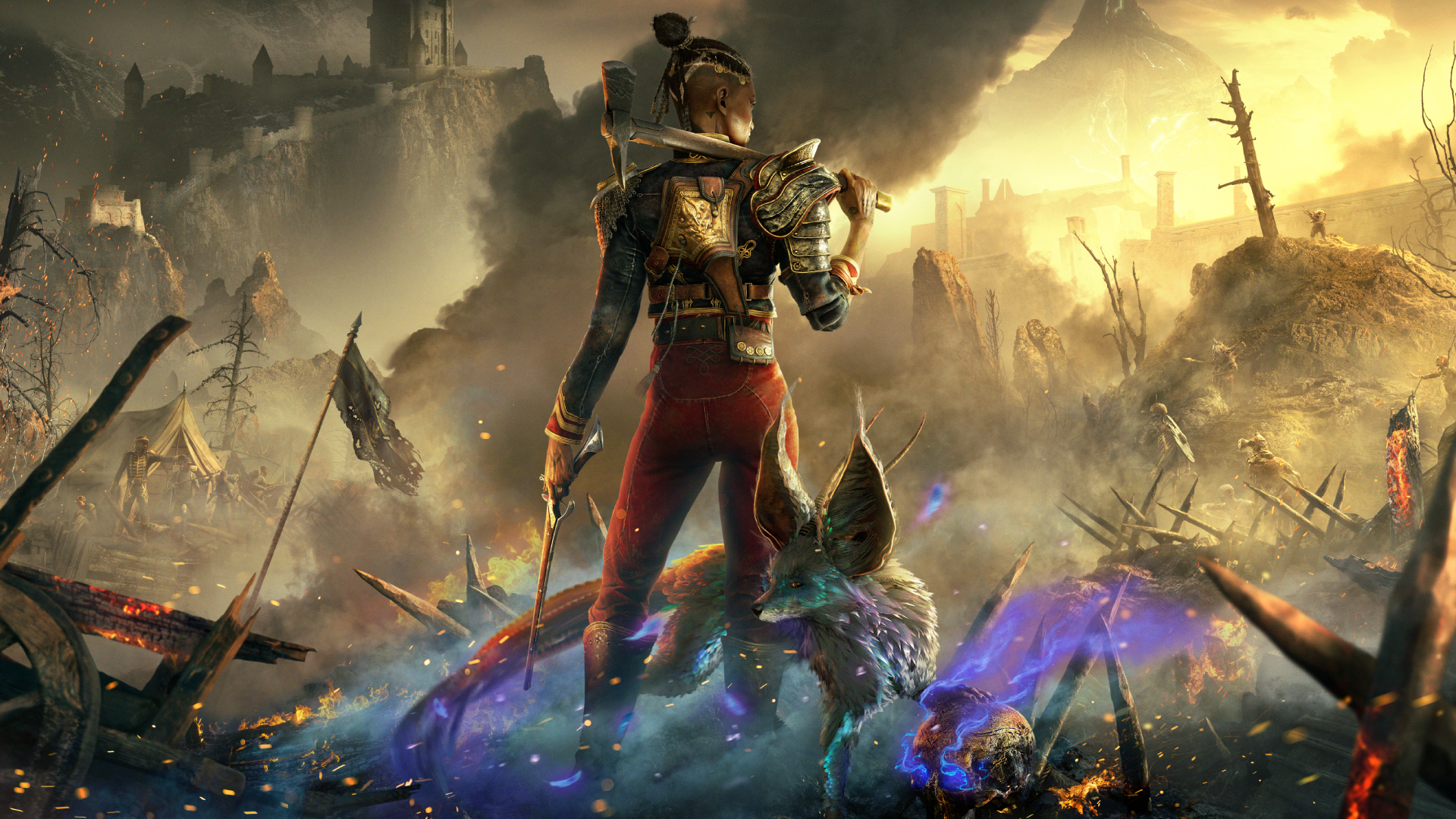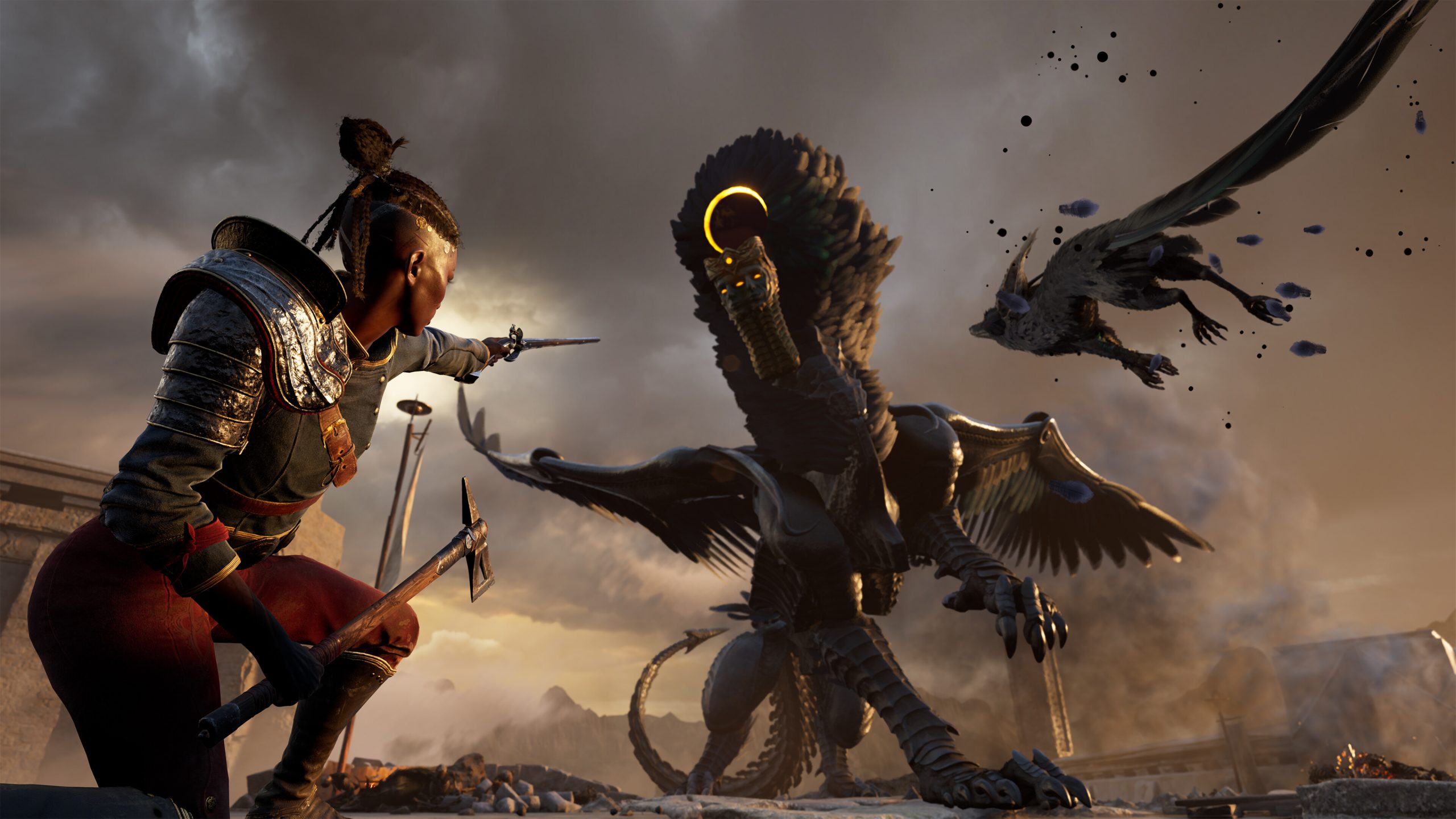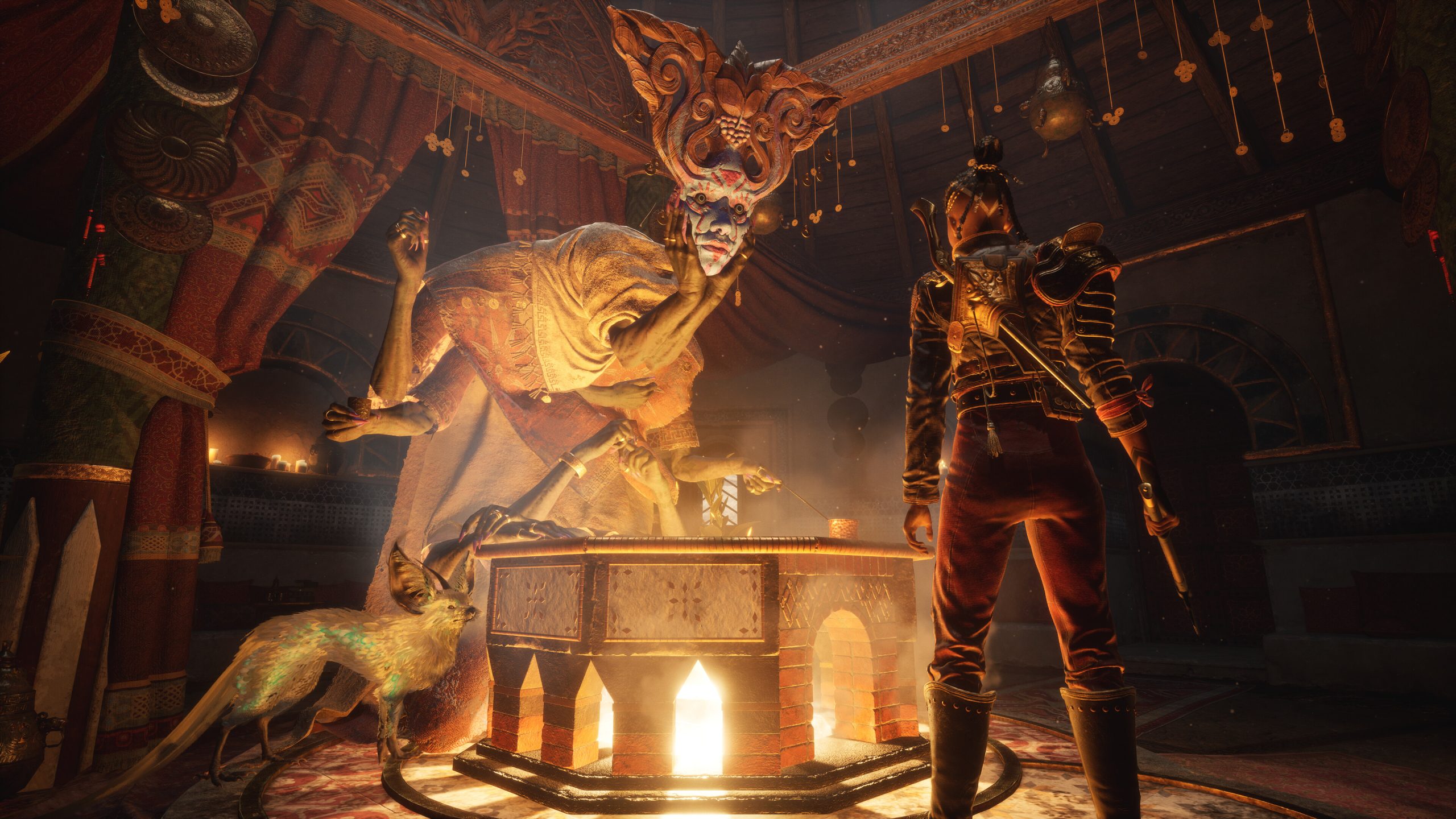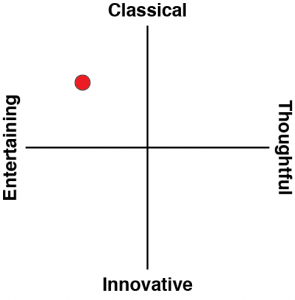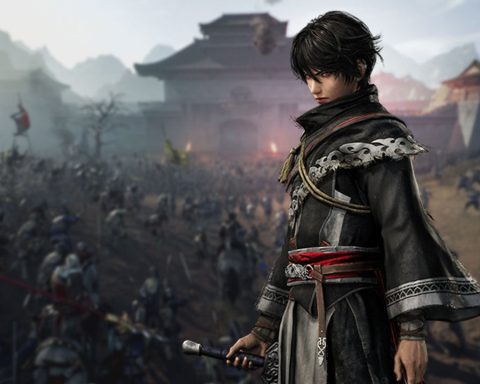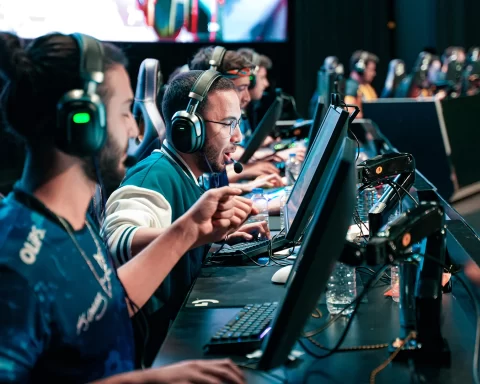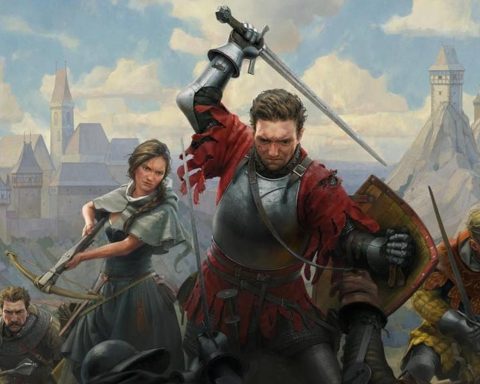The best thing about Flintlock is the setting. It’s a hodgepodge of historical influences – the opening sequence focuses on trench warfare and sappers that could be straight out of a World War 1 drama, before the game settles back to a more colonial era affair, set against a horde of the invading dead, deities, and high magic. It’s an enticing blend that will naturally make you want to explore. It never fully converts on its promise, however, eventually proving itself to be an entertaining but run-of-the-mill “Soulslike” that struggles to coalesce some very neat ideas into something truly transformative.
The basic thrust of the narrative is as a revenge plot and a nearly exact retread of the concept behind the brilliant Banishers, but reduces it to be about pure revenge few of the moral quandies that Banishers throws on players. The adventure itself is semi-open-world but largely linear in the way you’ll be moving through it (there isn’t an abundance of side quests to distract you). One of the core mechanics of that is that you need to liberate villages and towns from the encroaching hordes of the undead, in a mechanic that is almost totally ripped from Rise of the Ronin. And the action is basically the same as all other Soulslikes, with a heavy emphasis on countering opponents. One neat touch is that your powerful – but limited – gun weapon can actually disrupt an enemy attack in the same way that a parry would, but otherwise the game has the same “B-tier Souls” feel as a Steelrising or Lies of P.
Essentially, for all the big-ticket items, the game has taken such a “best practices” approach to so much of its material and will likely leave some players cold on it. That is unfortunate because in many smaller ways the developers really have tried to do something interesting. One great feature is the fact that you don’t automatically earn your experience points after defeating enemies. Instead, the game keeps a tally of them, and you’re free to try and knock off some more enemies for a multiplier effect. When you’re happy with what you’ve collected, you can “bank” them, and then they become standard experience points that you can spend on upgrades. The downside is that if you take any damage the entire un-banked pool of experience loot is lost, so you need to make some careful decisions about the risk and reward involved in trying for a big combo.
Unfortunately, the system is undermined by the fact that you’re not really going to be challenged by Flintlock, so taking the risk has no meaningful purpose other than to show off. Flintlock has three difficulty settings – and that is excellent and yet more proof that Soulslikes can indeed have them. The game being a walk in the park on the easiest setting is spot-on. However, the fact that hard is still pitched underneath most of the game’s genre peers is a bigger problem. If anything the developers should have taken advantage of the tiered difficulty to give players who really wanted a challenge something to rival that Elden Ring DLC. That’s the upshot of difficulty settings for people who prefer it really hard. The developers can be more ambitious. That they weren’t here is disappointing.
Another really neat feature is that early on you gain access to a fox-like companion (a “good deity” that is seeking to help humanity resist all the evil deities). This buddy has the ability to pile on curses and otherwise harass the enemies by poisoning them, stunning them, weakening them, and more. In combination with the firearm and axe melee weapon, the fox becomes an incredibly useful part of the elegant combat system, and you can tell the developers spend an inordinate amount of time crafting encounters that would require you to make deft use of all these features.
While the difficulty of enemy encounters might disappoint, running into them won’t. Flintlock has an impressively coherent aesthetic and enemy designs make them look much more intimidating than they are to actually fight. The developers have also mastered the Dark Souls trick of giving you a far-off look at something that you know you’ll eventually get to explore, and it’ll be intriguing enough that you’ll want to take the journey to get there. At no stage does it feel like Flintlock is dragging, which is an impressive feat for a genre that is well-known for getting players stuck in ruts in the most annoying locations.
It’s only around 14-20 hours from go to final blow, depending on how frequently you need to repeat boss battles, and that feels about right. Flintlock isn’t a majestic epic in the vein of Elden Ring, and nor did it need to be. This is a nicely streamlined, elegant, and focused Soulslike, with an interesting setting to explore and some excellent, refined combat. This is a tough genre to get right, and the developers, in realising their limitations, have not over-extended themselves. The result is very playable and enjoyable.
